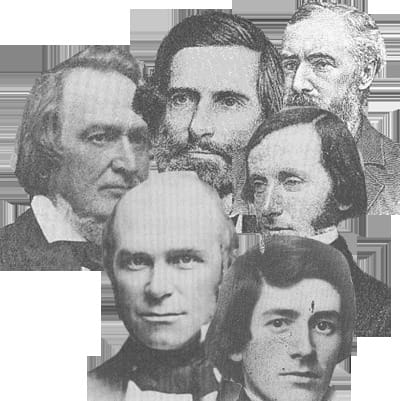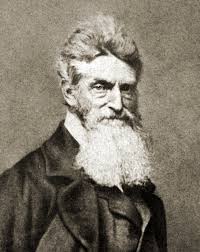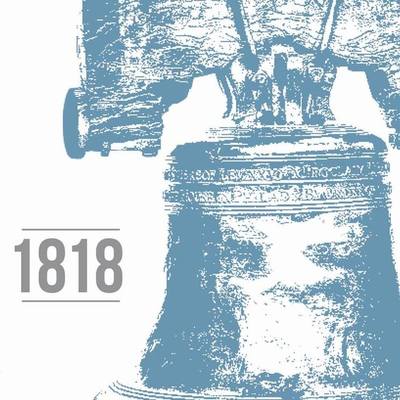- Guided Tours
- Self Guide Smartphone Tour
-
Revere Bells Index
- The Stickney Revere Bell Listings of 1976
- Ashby Mass. Revere Bell
- Paul Revere Bell of Beverly
- Revere Bells in Boston >
- California's 2 Paul Revere Bells
- Paul Revere & Son's Bell Westborough Massachusetts
- Falmouth, Massachusetts
- Revere Bell Fredericksburg VA
- Revere Bell Hampton NH
- First Parish Church of Kennebunk
- Revere Bells in Maine
- Revere Bell in Mansfield
- Revere Bell of Michigan
- Revere Salem Mass Bell
- Roxbury First Unitariarn Universalist Church and their Revere Bell
- Revere & Son Bell, Savannah Georgia
- Singapore Revere Bell
- Tuscaloosa Bell >
- Revere Bells Lost in Time
- Revere Bells Washington DC
- Revere Bell in Wakefield, Mass
- Revere Bells Woodstock VT
-
Bostonians
- Edward F Alexander of The Harvard 20th Civil War Regiment
- Polly Baker
- John Wilkes Booth
- The Mad Hatter, Thomas, Boston Corbett who Killed John Wilkes Booth
- Richard-Henry-Dana-Jr
- James Franklin
- Benjamin Harris of Publick Occurrences
- Oliver Wendell Holmes, Jr.
- William Lloyd Garrison
- USS Thomas Hudner DDG116
- Edward Hutchinson Robbins Revere
- Amos Lincoln
- King Philip
- Mayor's of Boston
- Mum Bett & Theodore Sedgwick
- James Otis
- Paul Joseph Revere
- Reverend Larkin's Horse
- John Rowe >
- Be Proud to be Called a Lucy Stoner
- Rachel Wall , Pirate
- Paul Revere the Coroner of Boston
- Deborah Sampson
- Who was Mrs. Silence Dogood?
- Dr. Joseph Warren's Dedication
- History Blog
- Lilja's of Natick
-
Collage of Boston
- 4th of July Parade, Bristol RI
- Boston Harbor
- The Customs House
- Forest Hills Cemetery
- Georges Island
- Nonviolent Monument to Peace - Sherborn
- The Battle Road
- Skate bike and scooter park
- Cassin Young & USS Cassin Young
- MIT
- Historic Charles River
- The Roxbury Standpipe on Fort Hill
- John & Abigail Adams National Park
- Boston's Racial History - Ante-Bellum
- New Page
|
John Brown’s Harper Ferry Armory raid, October 16-18th, 1859, was 2 years in planning with Boston’s Secret Six. He was the madman; they were the Brahmins. Two ministers, an educator, a physician educator of the blind and two successful businessmen. https://www.walkbostonhistory.com/apps/search?q=secret+six Figure 1;The Secret Six From left to right, Gerrit Smith, Samuel Gridley Howe, George Luther Stearn, Theodore Parker (Bald), Thomas Wentworth Higginson & Franklin Sanborn. Collage attributed to UMKC Law.
Both ministers were prone to violence. Read more of Higginson’s defiance of the law and military service during the Civil War and of Theodore Parker’s direct involvement in the Fugitive Slave Riots. For a bio of all six men click here. Endnote: [1] John Brown’s Body Lies A-Mouldering in the Grave, by Julia Ward Howe, wife of Samuel Gridley Howe of the Secret Six. Julia used the musical score from “The Battle Hymn of the Republic.” John Brown is buried in North Elba, N.Y., near Lake Placid.
0 Comments
The Revere Family Bell of 1828, Donated by Messrs.’., Leavens and
St John Jr, to the Methodist Church in Tuscaloosa, Alabama Abridged Genealogy: Joshua Bayley Leavens and Samuel St. John Jr, were intimately involved in procuring the Revere Bell for the First Methodist Episcopal Church of Tuscaloosa. Joshua Leavens was born in Reading, Vermont, and Samuel St John Jr in New Canaan, Connecticut. John Leavens (Levens, Levins, Levinz or Levnze) first arrived in 1632 and settled in Roxbury, Massachusetts. The first time that the Leavens and St John families brushed elbows was in 1634 with the immigration of Mathias St John to Dorchester, Massachusetts. Both villages were separate chartered towns free of Boston’s Puritan dominance. Today, they are neighborhoods on the southeast side of Boston. The first suggestion that the donors crossed paths was the War of 1812. Each volunteered and fought in a New York Militia unit. Both units served at the 1814 Battle of Plattsburgh, New York. We cannot yet confirm the reasons that Leavens and St John volunteered for the New York Militia versus a Connecticut or Vermont unit. Our Endnote [1] speculates on the reason. Samuel St John’s first partner, Edward Griffith, died in the year 1824 in New York City. Joshua Leavens joined the establishment of St John Jr in 1825. Their partnership began in New York City, and by 1828 they had opened operations in Mobile, Alabama. We have tracked their business and legal activity by newspaper announcements made in various regional papers. We have posted them in the image section at the end of this report https://www.walkbostonhistory.com/tuscaloosa-bell.html. The clippings provide insight into a sophisticated legal and business environment. In our full blog we identified the two bell donors from their youth to their death. Additionally, we have provided a genealogy of both families back to 1632 and 1634. Follow the donors from the War of 1812 to Leavens passing in Mobile Alabama and St. John Jr’s., last days in New Haven Connecticut in 1866. https://www.walkbostonhistory.com/tuscaloosa-bell.html. Images of the bell foundry then and now are provided along with the Revere ledger documenting the initial date of purchase and completion. [1] There may be a historical answer. The British invaded from Canada via the upstate New York waterway of Lake Champlain to split New England from the rest of the United States. The waterway runs for miles abutting New York State on its western side and Vermont to its east. The Governors of Vermont, Connecticut, and Massachusetts did not commit their militias to defend New York. Contentiously, all three governors believed they were chartered to use the militia only to defend their state. In truth, New England was lukewarm on the war as the prominent issue of “impressment” had been resolved in writing before the beginning of combat. Additionally, local commerce with England was substantial. Thirteen years later, the United States Supreme Court overturned the Governors’ opinions. Under the circumstances, volunteers made their way to New York to serve in the war. https://www.walkbostonhistory.com/tuscaloosa-bell.html from 1632 to 2018. www.walkbostonhistory.com/revere-bells-index.html for more on the Revere Bells. |
Categories
All
Archives
February 2020
|
- Guided Tours
- Self Guide Smartphone Tour
-
Revere Bells Index
- The Stickney Revere Bell Listings of 1976
- Ashby Mass. Revere Bell
- Paul Revere Bell of Beverly
- Revere Bells in Boston >
- California's 2 Paul Revere Bells
- Paul Revere & Son's Bell Westborough Massachusetts
- Falmouth, Massachusetts
- Revere Bell Fredericksburg VA
- Revere Bell Hampton NH
- First Parish Church of Kennebunk
- Revere Bells in Maine
- Revere Bell in Mansfield
- Revere Bell of Michigan
- Revere Salem Mass Bell
- Roxbury First Unitariarn Universalist Church and their Revere Bell
- Revere & Son Bell, Savannah Georgia
- Singapore Revere Bell
- Tuscaloosa Bell >
- Revere Bells Lost in Time
- Revere Bells Washington DC
- Revere Bell in Wakefield, Mass
- Revere Bells Woodstock VT
-
Bostonians
- Edward F Alexander of The Harvard 20th Civil War Regiment
- Polly Baker
- John Wilkes Booth
- The Mad Hatter, Thomas, Boston Corbett who Killed John Wilkes Booth
- Richard-Henry-Dana-Jr
- James Franklin
- Benjamin Harris of Publick Occurrences
- Oliver Wendell Holmes, Jr.
- William Lloyd Garrison
- USS Thomas Hudner DDG116
- Edward Hutchinson Robbins Revere
- Amos Lincoln
- King Philip
- Mayor's of Boston
- Mum Bett & Theodore Sedgwick
- James Otis
- Paul Joseph Revere
- Reverend Larkin's Horse
- John Rowe >
- Be Proud to be Called a Lucy Stoner
- Rachel Wall , Pirate
- Paul Revere the Coroner of Boston
- Deborah Sampson
- Who was Mrs. Silence Dogood?
- Dr. Joseph Warren's Dedication
- History Blog
- Lilja's of Natick
-
Collage of Boston
- 4th of July Parade, Bristol RI
- Boston Harbor
- The Customs House
- Forest Hills Cemetery
- Georges Island
- Nonviolent Monument to Peace - Sherborn
- The Battle Road
- Skate bike and scooter park
- Cassin Young & USS Cassin Young
- MIT
- Historic Charles River
- The Roxbury Standpipe on Fort Hill
- John & Abigail Adams National Park
- Boston's Racial History - Ante-Bellum
- New Page








 RSS Feed
RSS Feed